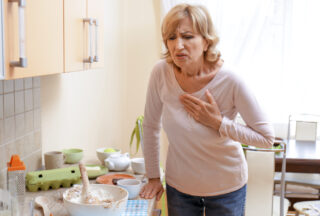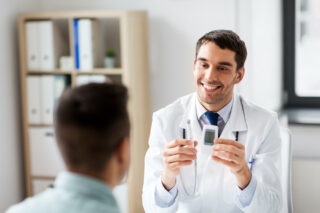Candida Symptoms And Treatment

Candidiasis is a fungal disease developed by candida yeast (a form of fungus). Candida albicans is the most widespread candida species that can inflict infection in humans. The human body is home to a wide variety of fungi. Candida may reside on the skin and within the body, in areas like the lips, nose, stomach, and vaginal canal, without triggering complications.
When candida gets out of hand or gets far into the body, it may trigger infection. The blood, for instance, or vital organs such as the kidney, heart, or brain. This is why urgent care is usually recommended.
Candida Auris is a multidrug-resistant candida strain that poses a significant global health concern, even in the United States. It can trigger significant diseases and is quickly transmitted in healthcare facilities.
The following are examples of candida fungus skin infections:
- Athlete’s foot
- Thrush in the mouth
- Yeast infection in the vaginal area
- Fungus on the nails
- Jock itch
- Rashes on the diapers
Symptoms and Diagnosis
Candida disease is diagnosed mainly by physical examination and skin sampling. Face scrapings, fingernails, or snipped hair from the infected region may be placed on a slide for inspection by theprimary care provider. The first move in treating a candida infection is to resolve the root cause. It may mean following a more balanced diet, gaining weight whether you’re overweight, or treating your diabetes.
The first time you have an illness, it’s normally a smart idea to have an appointment with your physician. This enables the specialist to correctly assess the problem and provide you with the right care choices. Candida is a common recurring infection. Attending a pharmacist and clearing out a few queries, on the other hand, is usually all that is required on multiple visits.
Symptoms differ based on where on the body they occur, but they involve the following:
- A rash
- Patches in red or yellow
- Over the impacted regions, there is a white, flaky powder.
- Scaling is the shedding of the skin in the form of flakes.
- Skin cracks
- Irritation
- Creamy satellite pustules (pimples filled with pus)
- Oral thrush produces red and white lesions in the mouth
Treatment
The remedy for a candida skin infection is usually straightforward. If the immune system is compromised or the candida has transferred to the bloodstream, you may not need to be hospitalized. Antifungal creams, ointments, or lotions added to your skin can be prescribed by your doctor as drying agents. There are also suppositories and oral medicines available.
You’ll most likely be recommended over-the-counter medications like ketoconazole or clotrimazole, all of which are topical (applied to the skin) and belong to the azole family of antifungals. They come in a variety of types, such as ointments, pills, and creams. Some antifungal agents, such as nystatin or amphotericin B, have more severe side effects. Amphotericin B is an intravenous antibiotic that is only available in hospitals.
Depending on the form of infection and the infected body organ, different medications including creams as well as internal medicineswill be used. Consider the following scenario:
- For menstrual yeast infections, vaginal ointments or lotions, such as miconazole, are widely utilized.
- Antifungals in the shape of lozenges, pills, or liquid mouthwash are often used to manage thrush.
- Sprays, powders, and ointments are often used to treat an athlete’s foot.
- Oral or sometimes injectable antibiotics are often used to manage severe infections.
The majority of prescriptions can be taken once or twice daily.
The Bottom Line
Candida bacteria are usually included in the natural microflora of the gastrointestinal tract, skin, and vaginal area and may not cause illness. Any causes, such as a long dose of antibiotics or a compromised immune system, may improve the odds of catching a Candida infection.
If you have signs that are close to those of a Candida infection, make an appointment with your doctor to get a correct diagnosis and care. You can also contact your online doctor. Florida telehealth can provide professional advice in every case.




